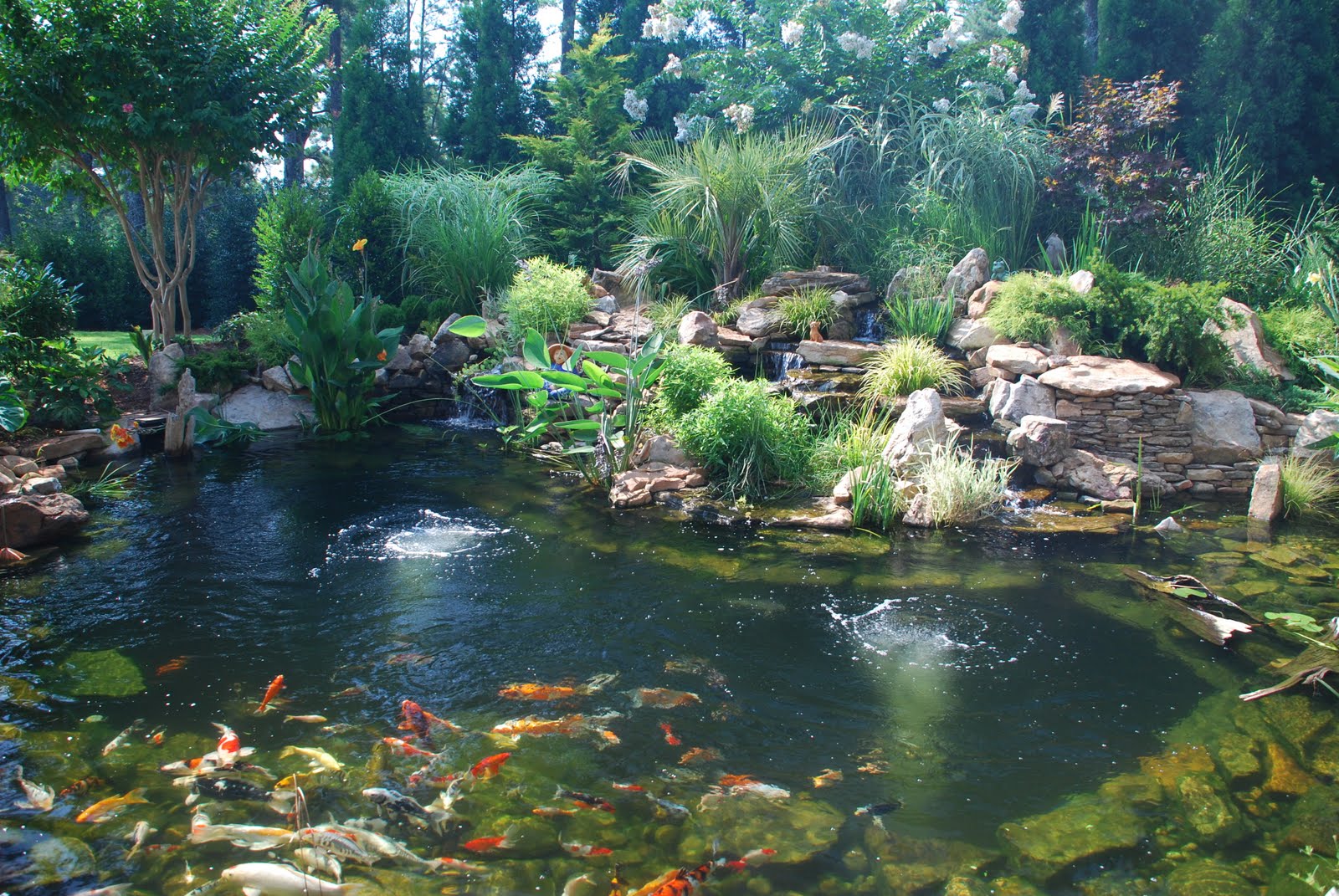
10 Simple Steps to Keep Your Koi Pond Free from Sludge
Introduction
Your koi pond is your pride and joy. It’s an ecosystem that requires a lot of hard work and attention to maintain. One of the major issues with koi ponds is sludge buildup. Sludge is made up of various organic and inorganic materials that accumulate at the bottom of the pond over time. It’s unsightly and can cause serious health problems for your koi. In this article, we’ll discuss the 10 simple steps you can take to keep your koi pond free from sludge.
Step 1: Choose the Right Location for Your Koi Pond
Choosing the right location for your koi pond can play a major role in preventing sludge buildup. Avoid placing your pond near trees and other vegetation that can drop leaves, twigs, and other debris into the water. This debris can break down and contribute to the sludge. Additionally, try to avoid placing the pond in a high traffic area or near a source of pollution.
Step 2: Install Proper Filtration System
A good filtration system is crucial to maintaining a healthy koi pond. It helps to remove debris and other organic materials before they have the chance to accumulate in the pond. There are several types of filtration systems available, including mechanical, biological, and chemical. Your choice of filtration system will depend on the size of your pond, the number of koi, and your budget.

Step 3: Add Beneficial Bacteria
Beneficial bacteria can also help to prevent sludge buildup in your koi pond. These bacteria work by breaking down organic materials into a more easily digestible form that the filtration and aeration systems can remove. There are many different types of beneficial bacteria available on the market. Be sure to choose one that is specifically designed for use in koi ponds.
Step 4: Use Aeration to Improve Water Quality
Aeration can also play a major role in preventing sludge buildup in your koi pond. It helps to improve the overall quality of the water by increasing oxygen levels and breaking up stagnation. This, in turn, helps to prevent sludge formation and can improve the overall health of your koi.

Step 5: Avoid Overfeeding Your Koi
Overfeeding your koi can lead to excess waste and organic materials in the pond, which can contribute to sludge formation. Be sure to follow a feeding schedule and only feed your koi the amount of food they can consume in a few minutes. Additionally, avoid feeding them when the water temperature is below 50°F.

Step 6: Clean Pond Equipment Regularly
Dirty pond equipment, such as filters, pumps, and skimmers, can contribute to sludge formation. Be sure to clean these items regularly to ensure they are functioning properly. This will help to prevent the accumulation of organic materials in the pond.
Step 7: Use a Pond Vacuum
A pond vacuum can be a useful tool in preventing sludge buildup. It can be used to remove debris and other organic materials from the bottom of the pond. Be sure to use the vacuum regularly, especially during the fall and winter months when leaves and other debris can accumulate quickly.

Step 8: Use Barley Straw
Barley straw can also help to prevent sludge buildup in your koi pond. It works by releasing enzymes that break down organic materials, making them easier to remove by the filtration and aeration systems. Simply place the barley straw in a mesh bag and place it in the pond. Replace it every six months.
Step 9: Keep Fish Load Under Control
The number of fish you have in your koi pond can also contribute to sludge formation. Overcrowding can lead to excess waste and organic materials that can accumulate in the pond. Be sure to keep the fish load under control by limiting the number of fish you have in the pond.

Step 10: Perform Routine Water Changes
Routine water changes can also help to prevent sludge buildup in your koi pond. This is especially true if you have a small pond or a high fish load. Be sure to change about 10% of the water every week or two. This will help to dilute the organic materials in the pond and prevent sludge formation.
Conclusion
Sludge buildup in your koi pond can be a serious problem. It can lead to poor water quality, health problems for your koi, and unsightly conditions. However, by following these 10 simple steps, you can prevent sludge formation and keep your pond looking and functioning its best. Remember to choose the right location for your pond, install proper filtration, use beneficial bacteria, aerate the water, avoid overfeeding your koi, clean pond equipment regularly, use a pond vacuum, use barley straw, keep fish load under control, and perform routine water changes. With a little effort and attention, you can keep your koi pond free from sludge and enjoy it for years to come.